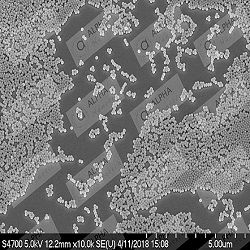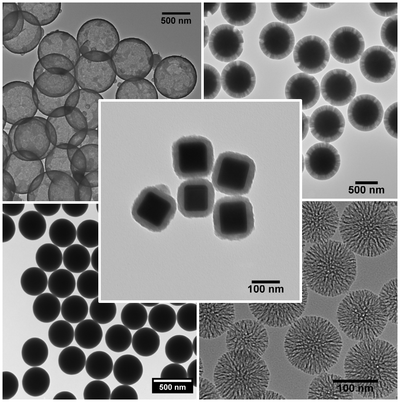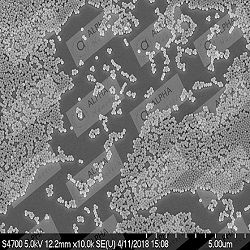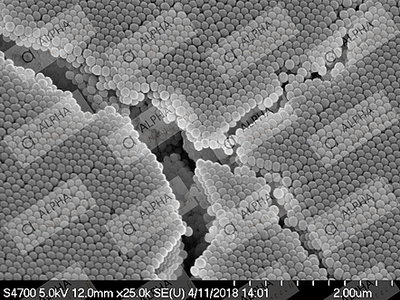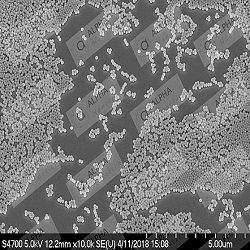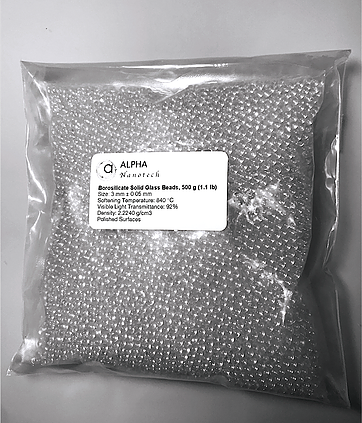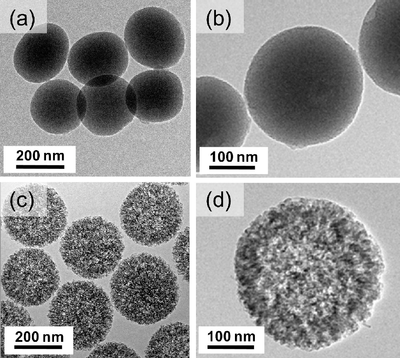Non-functionalized silica nanoparticles 1µm have high surface territories and show characteristic surface reactivity which permits the chance of presenting substance changes.Silica nanoparticles are mesopores (2-to 50-nm pores) of silica that show interesting physicochemical properties. These nanocarriers can be set up in an assortment of sizes and shapes including nanohelices, nanotubes, nanozigzags, and nanoribbons.
Read MoreBlog #Iron Oxide Beads Coated with Silica
Silica Nanoparticles are one of the significant substrates for broad use in DNA biosensors (Tan et al., 2004). As of late, they have attracted incredible consideration because of their soundness, low poisonousness, and capacity to be functionalized with a scope of particles and polymers.
Read MoreSilica Nanoparticles are one of the significant substrates for broad use in DNA biosensors (Tan et al., 2004). As of late, they have attracted incredible consideration because of their soundness, low poisonousness, and capacity to be functionalized with a scope of particles and polymers.
Read MoreNon-functionalized silica nanoparticles 1µm have high surface territories and show characteristic surface reactivity which permits the chance of presenting substance changes.Silica nanoparticles are mesopores (2-to 50-nm pores) of silica that show interesting physicochemical properties.
Read MoreSilica Nanoparticles are one of the significant substrates for broad use in DNA biosensors (Tan et al., 2004). As of late, they have attracted incredible consideration because of their soundness, low poisonousness, and capacity to be functionalized with a scope of particles and polymers.
Read MoreSilica Nanoparticles are one of the significant substrates for broad use in DNA biosensors (Tan et al., 2004). As of late, they have attracted incredible consideration because of their soundness, low poisonousness, and capacity to be functionalized with a scope of particles and polymers.
Read MoreNon-functionalized silica nanoparticles 1µm have high surface territories and show characteristic surface reactivity which permits the chance of presenting substance changes.Silica nanoparticles are mesopores (2-to 50-nm pores) of silica that show interesting physicochemical properties. These nanocarriers can be set up in an assortment of sizes and shapes including nanohelices, nanotubes, nanozigzags, and nanoribbons.
Read MoreNon-functionalized silica nanoparticles 1µm have high surface territories and show characteristic surface reactivity which permits the chance of presenting substance changes.Silica nanoparticles are mesopores (2-to 50-nm pores) of silica that show interesting physicochemical properties. These nanocarriers can be set up in an assortment of sizes and shapes including nanohelices, nanotubes, nanozigzags, and nanoribbons.
Read MoreSilica Nanoparticles are one of the significant substrates for broad use in DNA biosensors (Tan et al., 2004). As of late, they have attracted incredible consideration because of their soundness, low poisonousness, and capacity to be functionalized with a scope of particles and polymers.
Read MoreIn order to prepare these beads, a particular process is followed most of the time and it is called as the Stober process. In order to perform this process first a reaction mixture is created while taking water, ethanol as well as catalyst like particles of iron oxide. For this process, the silica precursor is also used. Due to the condensation and hydrolysis of these precursor monomers, silica oxide starts to deposit on the iron oxide. Now you can also avail top quality amine-terminated magnetic silica beads. These are used for a wide range of applications.
Read MoreNon-functionalized silica nanoparticles 1µm have high surface territories and show characteristic surface reactivity which permits the chance of presenting substance changes.Silica nanoparticles are mesopores (2-to 50-nm pores) of silica that show interesting physicochemical properties. These nanocarriers can be set up in an assortment of sizes and shapes including nanohelices, nanotubes, nanozigzags, and nanoribbons.
Read More